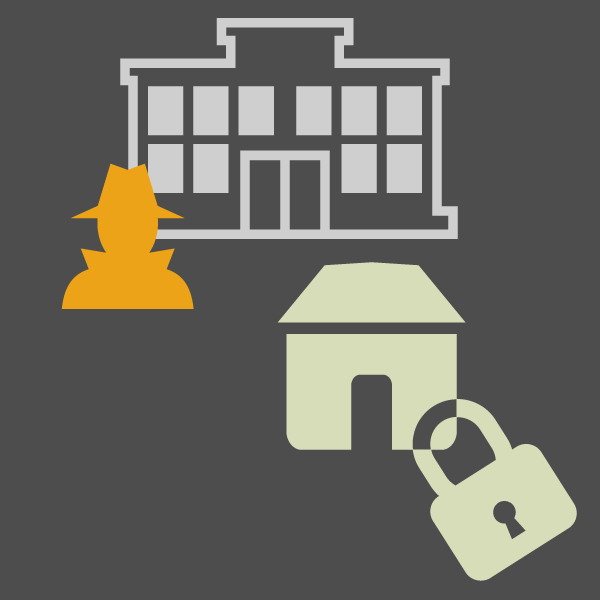Share Your Feedback
The REMS TA Center seeks your feedback to ensure that the Website is continually enhanced to meet your needs.

Access resources on planning for active shooter situations:
Webinar Addressing Adversarial and Human-Caused Threats That May Impact Students, Staff, and VisitorsActive Shooter Situations
Police officers, firefighters, and emergency medical services technicians (first responders) who come to a school because of a 911 call involving gunfire face a daunting task. Though the objective remains the same – protect students and staff – the threat of an“active shooter” incident is different than responding to a natural disaster or many other emergencies.
Emergency calls can involve actual or future threats of physical violence. This violence might be directed not only in or at the school building, students, staff, and campus but also at nearby buildings on or off school grounds.
“Active shooter situations” are defined10 as those where an individual is “actively engaged in killing or attempting to kill people in a confined and populated area.”11 Unfortunately, schools face active shooter situations as well.
The better first responders and school personnel are able to discern these threats and react swiftly, the more lives can be saved. This is particularly true in an active shooter situation at a school where law enforcement responds to a 911 call of shots fired. Many young and innocent lives are at risk in such a concentrated space. This is why it is critical that schools work with first responders, emergency management staff, and all community partners to identify, prepare, prevent, and effectively respond to an active shooter situation in a coordinated fashion.
Active shooter situations are unpredictable and evolve quickly. Because of this, individuals must be prepared to deal with an active shooter situation before law enforcement officers arrive on the scene.
10Other gun-related incidents that may occur in a school environment are not defined as active shooter incidents because they do not meet this definition. Instead, they may involve a single shot fired, accidental discharge of a weapon, or incidents that are not ongoing.
11U.S. Department of Homeland Security, Active Shooter, How to Respond; Washington, DC: Author, October 2008. Available at http://www.dhs.gov/xlibrary/assets/active_shooter_booklet.pdf


